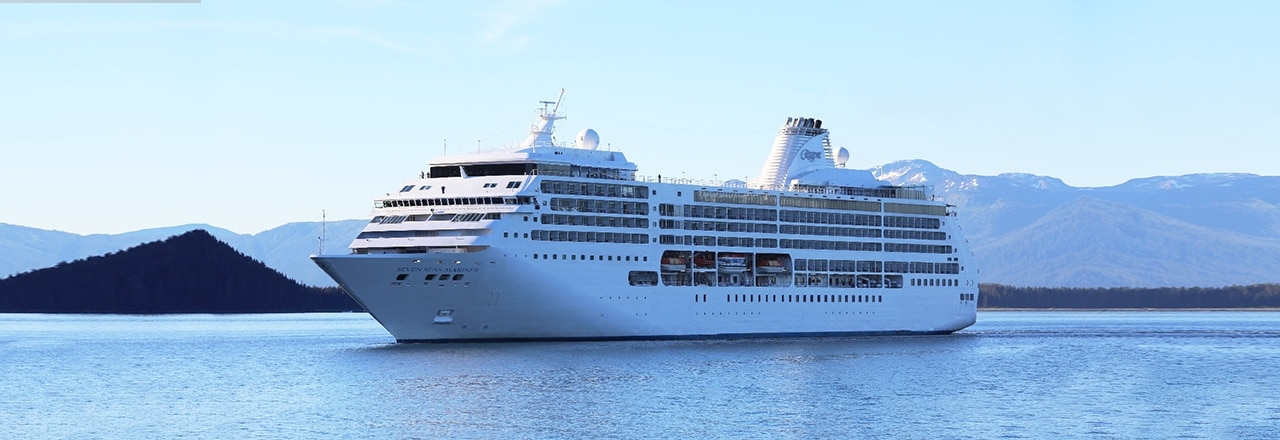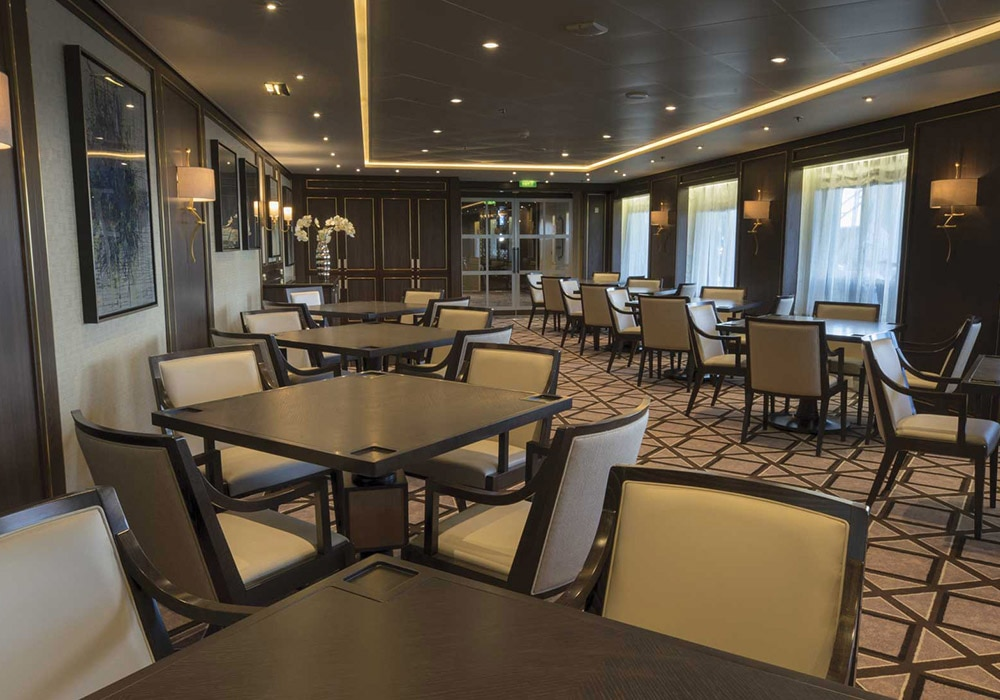Please complete the form below



Piraeus is the gateway to the ancient city of Athens, known as the “Cradle of Western Civilization” because of its immense impact on cultural and political achievements throughout the world. Due mainly to tourism and the 2004 Olympics, Greece has redeveloped many sites in Athens. A historian’s delight, Athens is home to such magnificent wonders as: the Acropolis, the Parthenon, the atmospheric winding streets of the Plaka, Temple of Olympian Zeus and Temple of Athena Nike, and the Archaeological Museum with the world’s finest collection of ancient artifacts.
Heraklion, also known as Iraklio, is a port city and the capital of the Greek island of Crete. It’s known for the Palace of Knossos, just outside the city. The huge archaeological site dates back thousands of years to the Minoan civilization, and includes frescoes and baths. Guarding the city’s Venetian port is the 16th-century Koules fortress. Heraklion Archaeological Museum has a large collection of Minoan art.
Visit the land of miracles – Galilee, the Jordan River, the Mount of the Beautitudes and Tabgha, or venture to Nazareth, home of the young Jesus. See the largest hanging gardens in the world at the Bahai Gardens of Haifa.
Visit the land of miracles – Galilee, the Jordan River, the Mount of the Beautitudes and Tabgha, or venture to Nazareth, home of the young Jesus. See the largest hanging gardens in the world at the Bahai Gardens of Haifa.
Travel to Cairo and marvel at the Giza pyramids and Sphinx standing at the edge of the vast Sahara. Visit the fabulous Egyptian Museum and see its awesome collection of artifacts or head for Alexandria and its ancient sites and museums. Browse Cairo’s bazaar for unusual jewelry like Eye of Horus amulets, hand-painted papyrus copies of ancient tomb paintings, glass, alabaster and artifact replicas. Or find an ancient relic approved for export. Relax over a cup of sweet tea and sample delicious vegetable appetizers or some spicy lamb kebabs, a typical Middle Eastern dish.
One of the great engineering marvels of the world. The canal stretches over 100 miles from Port Said and the Mediterranean Sea to Suez and the Red Sea. Excavation of the canal began on April 25th, 1859, and on November 17, 1869 the barrage of the Suez plains reservoir was breached and waters of the Mediterranean flowed into the Red Sea. Unlike the Panama Canal, the Suez Canal has no locks, because the Mediterranean Sea and the Gulf of Suez have roughly the same water level. The passage takes between 11 and 16 hours at a speed of around 8 knots. The low speed helps prevent erosion of the canal banks by ship’s wakes. Please be advised that due to the under-developed nature of this destination, organized tours are not available.
Take a one- or two-day journey to Luxor and thrill to the majesty of the Karnak and Luxor temples. Cross the Nile to the famed Valley of the Kings and the magnificent tomb of Tutankhamen and the huge mortuary temple of Queen Hatshepsut. In the evening, witness the fabulous sound and light show at Karnak. Take a jeep safari into the desert to a Bedouin settlement for sweet tea and flatbread and enjoy the dramatic beauty of the sunset over the sands. Buy lovely hand-painted papyrus copies of tomb paintings, mother-of-pearl inlaid boxes, alabaster trinkets, jewelry, and replicas of ancient artifacts. Enjoy sizzling lamb dishes, falafel, and myriad other Middle Eastern and Egyptian specialties.
Take a one- or two-day journey to Luxor and thrill to the majesty of the Karnak and Luxor temples. Cross the Nile to the famed Valley of the Kings and the magnificent tomb of Tutankhamen and the huge mortuary temple of Queen Hatshepsut. In the evening, witness the fabulous sound and light show at Karnak. Take a jeep safari into the desert to a Bedouin settlement for sweet tea and flatbread and enjoy the dramatic beauty of the sunset over the sands. Buy lovely hand-painted papyrus copies of tomb paintings, mother-of-pearl inlaid boxes, alabaster trinkets, jewelry, and replicas of ancient artifacts. Enjoy sizzling lamb dishes, falafel, and myriad other Middle Eastern and Egyptian specialties.
Located on the Sinai peninsula, Sharm el Sheikh has been the site of pivotal religious events. At the foot of Mount Horeb lies the Greek Orthodox Monastery of St. Catherine, said to be the Mount Sinai of the Old Testament and the place where the prophet Moses encountered the Burning Bush and received the Ten Commandments. Pilgrims have been traveling to this site since the 5th century, and each day hundreds of visitors come to pay their respects. Sharm El Sheikh is also the diving and snorkeling mecca of the Red Sea region.
Aqaba, in southwestern Jordan, is the only seaport of Jordan. It is also our gateway to Petra, which dates back to perhaps 7000 BC and was one of the earliest known farming communities in the Middle East. The town was built out of solid red rock and features intricate carvings. It was once the capital of the flourishing Nabataean civilization that stretched from the Mediterranean to the Red Sea. Enter the site through a half-mile long chasm and come face-to-face with the magnificent Treasury, Petra’s ancient masterpiece.
Jeddah, a Saudi Arabian port city on the Red Sea, is a modern commercial hub and gateway for pilgrimages to the Islamic holy cities Mecca and Medina. Resort hotels, beaches and outdoor sculptures line the Corniche, a seafront promenade anchored by the iconic King Fahd’s Fountain. The city’s Al-Balad historic district dates to the 7th century and retains traditional homes built from coral.
The Sultanate of Oman is situated on the southeast coast of the Arabian Peninsula, neighboring Saudi Arabia and Yemen. In 1970, the son of Sultan Said bin Taimur overthrew his father’s government and renamed the nation the Sultanate of Oman. During the Persian Gulf War, Oman served as a landing base for the allied forces. Salalah is gateway for visitors to explore the site of “Jebel Qarra,” fabled to be the tomb of the biblical Job.
Located in the northeast United Arab Emirates, bustling Dubai attracts visitors with its international facilities and exotic, yet cosmopolitan lifestyle. Known as the Hong Kong of Arabia, Dubai’s modern duty-free shopping malls and traditional souks offer some of the best bargains in the world on such luxury items as gold jewelry and designer creations. For a more historic outing, visitors can explore the museum at Al Fahidi Fort or venture out into the Old Quarter of Bastakia.
The discovery of oil in 1958 transformed this rural backwater into a modern metropolis with the highest per-capita income in the world. Today, Abu Dhabi boasts extraordinary sky scrapers, shopping malls, top quality hotels, tree-lined boulevards and picturesque gardens, while still maintaining a subtle Arabian mystique. Sail the lovely Gulf waters and numerous islands surrounding the city in a traditional dhow; tour heritage Village, a living museum where artisans ply their traditional crafts; or shop the central souk area for gold and Bedouin silver jewelry.
Doha (‘place of beautiful flowers’) lies on the small peninsula of Qatar, that juts into the Persian Gulf. This sleepy town, once a British protectorate, was a center of pearl fishing until the discovery of oil turned it into a bustling port. Nearby attractions showcase Doha’s emergence as an important cultural and commercial center. Stroll along the crescent-shaped Corniche and admire the crystal-blue waters of the bay, the Emir’s Palace, the Museum of Islamic Arts and the traditional dhows, bobbing on the waters. Further afield, venture out on a desert safari, take in picturesque forts, or choose the perfect memento in Doha City Center, the largest shopping complex in the Mideast.

The world’s first all-suite, all-balcony ship, Seven Seas Mariner features four gourmet restaurants with open seating. Hallmarks include generous amenities and a welcome spaciousness. Catering to only 700 guests, her staff-to-guest ratio of 1 to 1.6 ensures the absolutely highest level of personal service.
Finding the latest prices
Please complete the form below